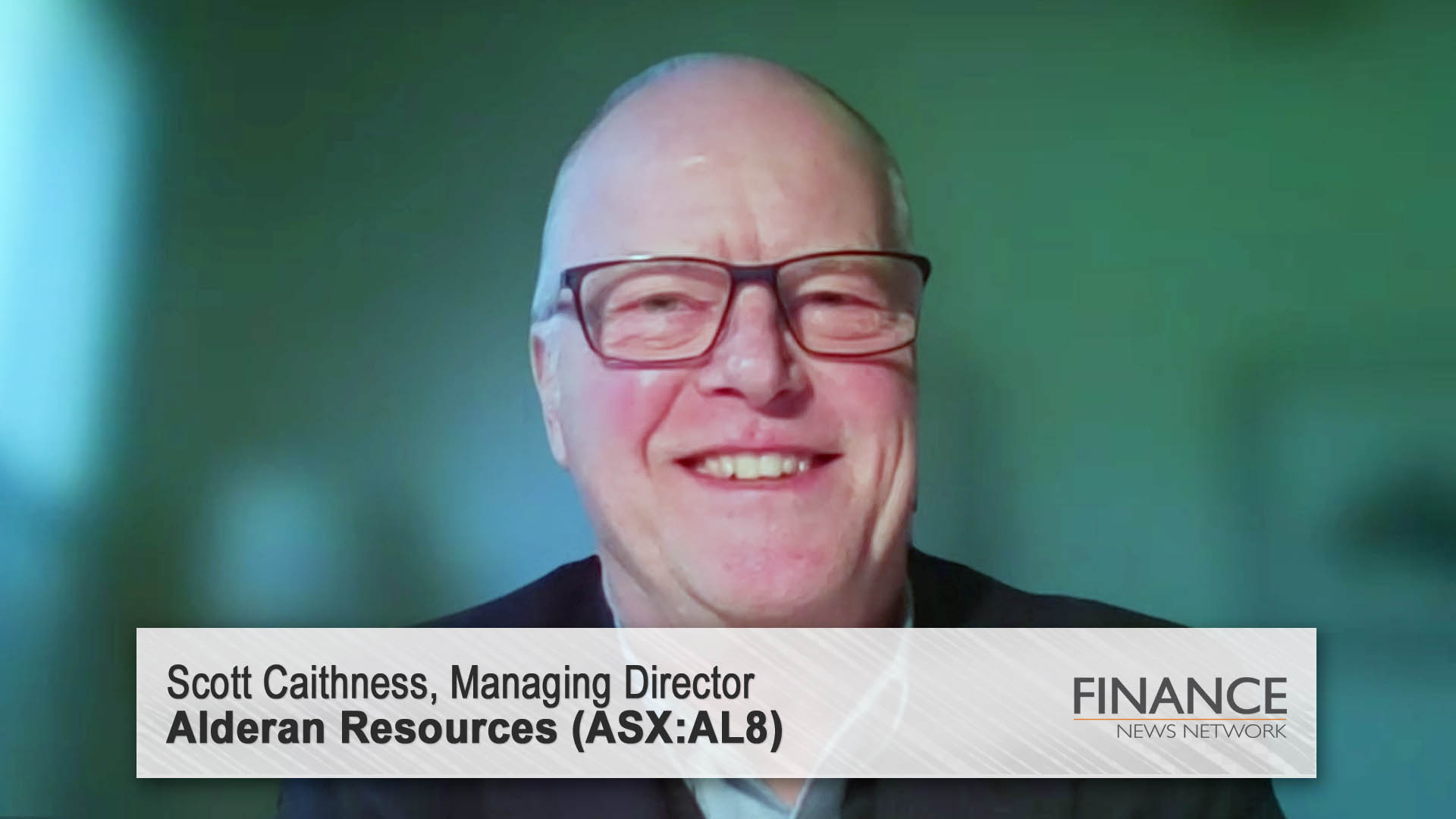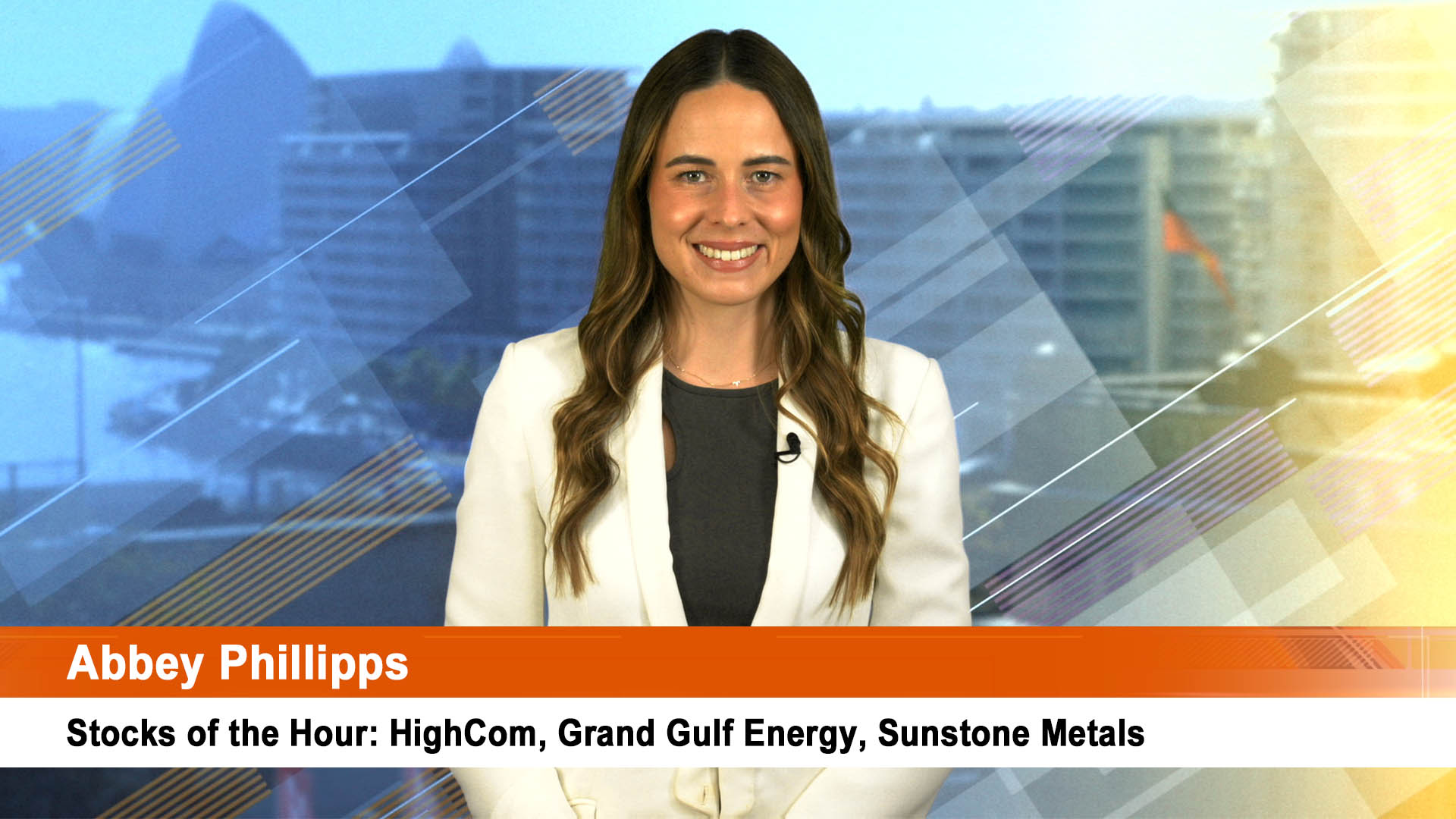So what new policy tack will the Reserve Bank reveal in the minutes of yesterday’s August board meeting 13 days time? The final paragraph of each monthly post-board meeting statement by Reserve Bank Governors is where the bank’s monetary policy stance is summarised and hopefully made clear.
But in the past two months (before yesterday’s meeting) there has been a marked difference between what appeared in the post meeting statement’s last para, and what was in the final paragraph of the full minutes of each meeting.
And the differences were sufficiently ‘different’ to alter market perceptions of the policy stance somewhat. For example, the July meeting statement ended with:
“Taking account of the available information, the Board judged that holding the stance of monetary policy unchanged at this meeting would be consistent with sustainable growth in the economy and achieving the inflation target over time."
But the July Minutes reveals the final para was very different (in bold):
"Members regarded the improvement in the world economy over the preceding months as a welcome development. Nevertheless, they assessed that current economic conditions in Australia, and the outlook for growth and inflation, meant that developments in the labour and housing markets continued to warrant careful monitoring. Taking into account all the available information, the Board judged that holding the accommodative stance of monetary policy unchanged at this meeting would be consistent with sustainable growth in the economy and achieving the inflation target over time.”
That was the board meeting where the “neutral real interest rate” for Australia was discussed extensively, triggering another bout of juvenile ‘Rate Rise Looms’ speculation from the markets and some sections of the media, led by the Australian Financial Review which completely misunderstood the remarks and editorialised that it was time for ‘realty’ on interest rates. The reality was that there will be no interest rate rise.
And it was a similar story for June where the post meeting statement read:
“Taking account of the available information, the Board judged that holding the stance of monetary policy unchanged at this meeting would be consistent with sustainable growth in the economy and achieving the inflation target over time."
But the final para of the minutes was considerably different, revealing the two major areas of concern (in bold which were mentioned the shorter post meeting statement, but not singled out until the minutes were published in mid-June).
The Board continued to judge that developments in the labour and housing markets warranted careful monitoring. Taking into account all the available information, including that year-ended growth in output was expected to have slowed in the March quarter, the Board judged that holding the accommodative stance of monetary policy unchanged at this meeting would be consistent with sustainable growth in the economy and achieving the inflation target over time.
And then there was the final para of yesterday’s statement from Governor Lowe which included the nor standard words about “holding the stance of monetary policy unchanged… etc etc” but started entirely different with a new comment (in bold):
"The low level of interest rates is continuing to support the Australian economy. Taking account of the available information, the Board judged that holding the stance of monetary policy unchanged at this meeting would be consistent with sustainable growth in the economy and achieving the inflation target over time.”
Instead of waiting until mid August for the minutes, we might find out if there is any more to the final paragraph in the Governor’s foreword in the third Statement on Monetary Policy to be released tomorrow, which will detail more of the RBA’s thinking on interest rates and the rise in the value of the dollar which featured in yesterday’s post meeting statement which got most of the attention:
“The Australian dollar has appreciated recently, partly reflecting a lower US dollar. The higher exchange rate is expected to contribute to subdued price pressures in the economy. It is also weighing on the outlook for output and employment. An appreciating exchange rate would be expected to result in a slower pick-up in economic activity and inflation than currently forecast.”
The statement yesterday included a summary of the bank’s latest economic forecasts to be published on Friday – including the unchanged GDP outlook (which at this stage means the bank believes the stronger currency will not slow growth):
"The Bank’s forecasts for the Australian economy are largely unchanged. Over the next couple of years, the central forecast is for the economy to grow at an annual rate of around 3 per cent. The transition to lower levels of mining investment following the mining investment boom is almost complete, with some large LNG projects now close to completion. Business conditions have improved and capacity utilisation has increased. Some pick-up in non-mining business investment is expected. The current high level of residential construction is forecast to be maintained for some time, before gradually easing. One source of uncertainty for the domestic economy is the outlook for consumption. Retail sales have picked up recently, but slow growth in real wages and high levels of household debt are likely to constrain growth in spending.”
From that the bank’s statement that the “low level of interest rates is continuing to support the Australian economy” should end for the time being the silly speculation about a rate rise, especially with the stronger dollar crimping cost pressures, and possibly wages and consumption.
The bank didn’t use the words, but what it is pointing out is that the stronger dollar is acting like a rate rise in itself (added to by the increase in bond yields and higher rates on interest only home loans), so interest rates at this level will not be raised anytime soon, no matter what happens offshore (where inflation and ages growth is again slowing noticeably).













